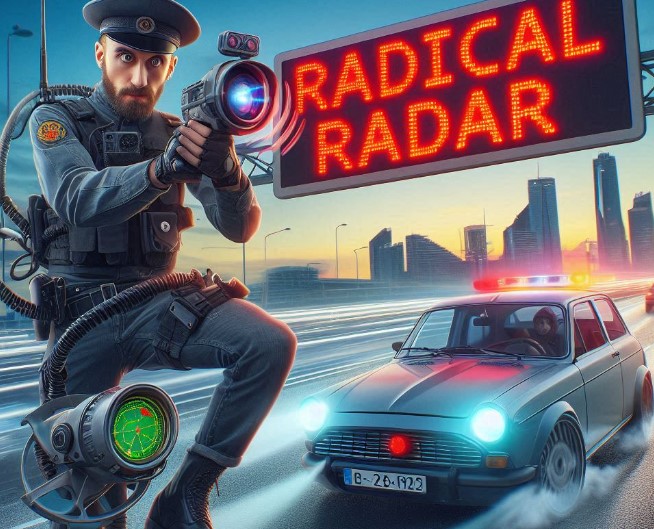We drive unnoticed on Spain’s roads, always worried about falling into the next speed trap. But now there’s a new challenge! These state-of-the-art surveillance cameras are so sophisticated that they can accurately detect whether we brake suddenly just before a speed camera.
For many drivers in Spain, it’s a familiar routine: you drive, the app warns you of an impending speed camera, and you instinctively release the accelerator or, worse, hit the brakes. For years, this last-minute reaction helped avoid speeding fines. But that’s all over now.
The Spanish traffic authority, the DGT, has developed a new method to catch drivers who only slow down when they spot a speed camera.
New system targets sudden slowdowns
The Dirección General de Tráfico (DGT) has introduced a new monitoring system designed to identify so-called “suspicious slowdowns.” This system consists of two radar cameras placed close together. As a vehicle travels from one to the other, the system calculates the average speed and checks for any sudden drops in speed.
If you were driving too fast before noticing the camera and then brake hard, the system may register this—and won’t let you off the hook. In fact, you could receive two fines at once: one for speeding and another for dangerous braking.
And it makes no difference whether your reaction was intentional or unintentional. The DGT argues that any sudden deceleration near a radar point poses a risk to other road users, especially on busy roads. Whether it’s a knee-jerk reaction or a deliberate act, a fine can be imposed.
Fines for sudden braking: Why risky braking doesn’t protect you
The goal of this new approach is clear: to encourage safer and more consistent driving behavior, rather than merely showing temporary caution in front of the camera. According to the DGT, some drivers treat speed cameras like a pop quiz – they only slow down when they think they’re being observed. The rest of the time, they drive at the limit.
However, such behavior, especially when combined with sudden braking, can cause serious hazards on the road – from rear-end collisions to chaotic traffic flow. Therefore, according to the DGT, it’s no longer enough to simply behave correctly near a camera. They urge drivers to respect the speed limit from the start of their journey.
The authority is anything but subtle. In 2022, Spain issued more than 3.7 million speeding fines, generating over €500 million. Controls are becoming increasingly strict, and there are now around 3,000 radars active nationwide, with over 120 more planned.
The twist: Not all radars are real
Interestingly, not all radars are real. Some are simply empty shells placed along the roads as a psychological deterrent. But that doesn’t matter. The key point is that you can never be sure which devices are active; therefore, consistent, correct driving is the only safe option.
Safe Driving in Spain: Why Radar Tricks No Longer Work
We’ve all been there: the flash of a radar symbol on the navigation device or the app’s warning signal warning us of a speed trap, and our foot immediately lifts off the accelerator. We might even hit the brakes. But with the new system, that brief deceleration could do you more harm than good.
Ultimately, the DGT isn’t just trying to change your speed—it’s also changing your mindset. And whether we like it or not, they’ve made a compelling case: Staying safe behind the wheel isn’t about cheating the system—it’s about not having to do it in the first place.
The next time your app warns you about a fine, remember: It’s not the radar you should be afraid of. It’s the way you drive, long before you see it.




